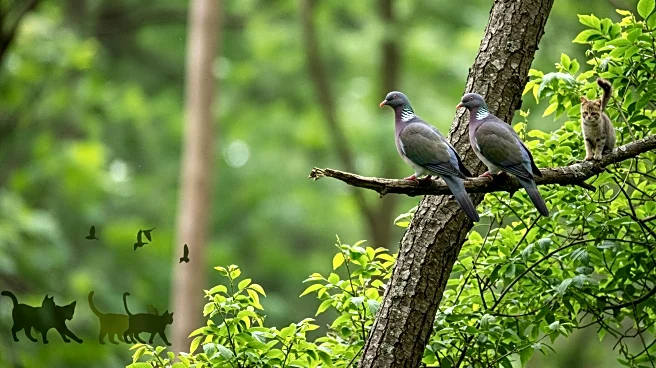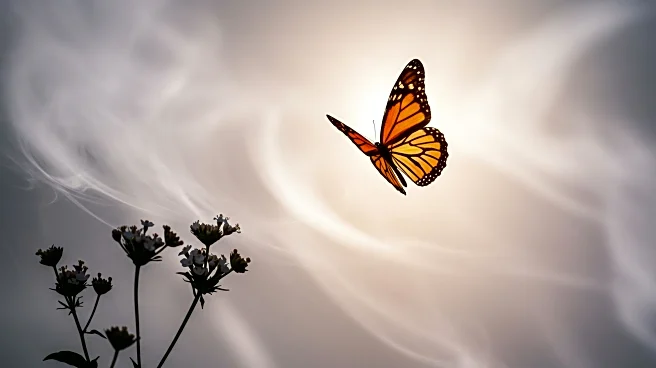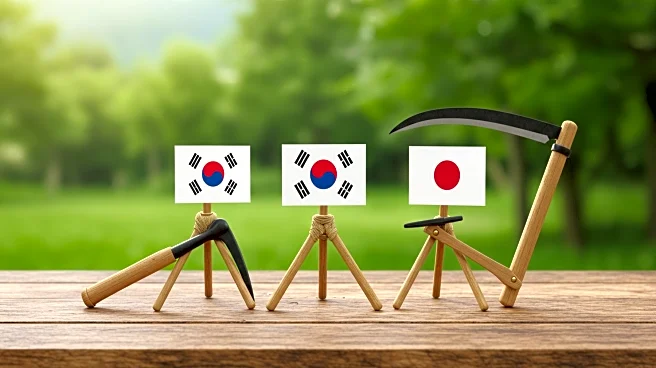What's Happening?
The red-headed wood pigeon, a critically endangered species endemic to Japan's Ogasawara Islands, has shown a remarkable recovery after conservationists removed feral cats from the islands. The population of these pigeons had dwindled to fewer than 80 individuals in the early 2000s due to predation by feral cats and habitat destruction. Conservation efforts focused on trapping and removing 131 feral cats between 2010 and 2013, which led to a significant increase in the pigeon population. By 2013, the number of adult pigeons rose from 111 to 966, and juveniles increased from 9 to 189. Researchers from Kyoto University have studied this recovery, noting the pigeon's resilience despite the small population size.
Why It's Important?
The recovery of the red-headed wood pigeon is significant as it challenges the common belief that small populations are doomed to suffer from inbreeding and genetic mutations. The study suggests that the pigeon's genetic resilience may be due to a process called genetic purging, where harmful mutations are gradually eliminated over time. This finding provides hope for other endangered species, indicating that under certain conditions, small populations can adapt and recover. However, the researchers caution that the pigeon's current population is still below historic levels, and efforts must continue to ensure its long-term survival and genetic diversity.
What's Next?
The ongoing conservation efforts aim to restore the red-headed wood pigeon population to its historic levels. Researchers emphasize the importance of maintaining genetic diversity to ensure the species can adapt to future environmental changes. Continued monitoring and protection of the pigeon's habitat are crucial to prevent further declines. The study also opens up new avenues for understanding how genetic resilience can be fostered in other endangered species, potentially influencing conservation strategies worldwide.
Beyond the Headlines
The study of the red-headed wood pigeon highlights the complex interplay between genetics and conservation. It raises ethical questions about human intervention in natural ecosystems and the long-term impacts of such actions. The success of the pigeon’s recovery may inspire similar conservation efforts for other species facing extinction due to human activities. Additionally, it underscores the importance of preserving biodiversity and the unique genetic traits that enable species to survive in isolated environments.













